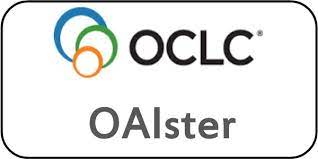Etiology of Chronic Kidney Disease in Nigeria and Management Challenges
Keywords:
Chronic kidney disease, Nigeria, Africa, end-stage renal disease, hypertension, diabetes mellitusAbstract
The prevalence of chronic kidney disease (CKD) is increasing globally and is one of the noncommunicable diseases associated with increase mortality globally in the last two decades. The prevalence of CKD in Nigeria, it is 1.6% to 12.4%. Ninety percent of end-stage renal disease (ESRD) patients are said to die within 3 months of commencing dialysis. Indices are even worse in resource poor countries like Nigeria where prevention and adequate intervention are usually hampered by funds. In regions like Nigeria, it will be cheaper to prevent CKD than treating its complications. Hence, it is important to identify the common etiologies of CKD in Nigeria and prevent or promptly address them before causing irreversible damage to the kidneys. The most common cause of CKD in Nigeria includes hypertension, glomerulonephritis and diabetes mellitus. Many of these etiologies are preventable/treatable and should be looked for as a major way to reduce the incidence of CKD in Nigeria. Challenges identified in Nigeria, propagating CKD include westernization, inadequate manpower, late presentation, diagnostic challenge and poorly equipped facilities. Interventions like encouraging healthy lifestyle, making available essential drugs, training of health personnel, subsidized cost of treatment, legislation and policies to curb drug abuse. Therefore, resource-poor settings should focus on creating more awareness and making legislations and/or policies focused on these preventable causes of CKD as this is more realistic and effective in these settings.
Downloads
Published
Issue
Section
License
All open access articles published in IJCP are distributed under the terms of the CC BY-NC 4.0 license (Creative Commons Attribution-Non-Commercial 4.0 International Public License). This license permits unrestricted use, distribution, and reproduction of the articles in any medium for non-commercial purposes, provided that: The original authorship is properly and fully attributed. The IJCP is cited as the original place of publication with correct citation details. If an original work is reproduced or disseminated in part or as a derivative work, this must be clearly indicated. No articles are reproduced for commercial use without prior consent from the IJCP. All licensing requests and permissions for commercial use will be managed by the Publisher.










